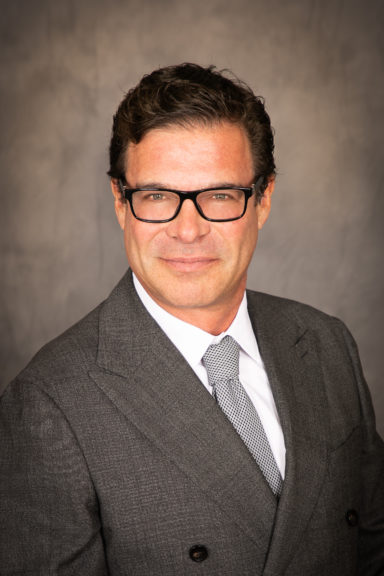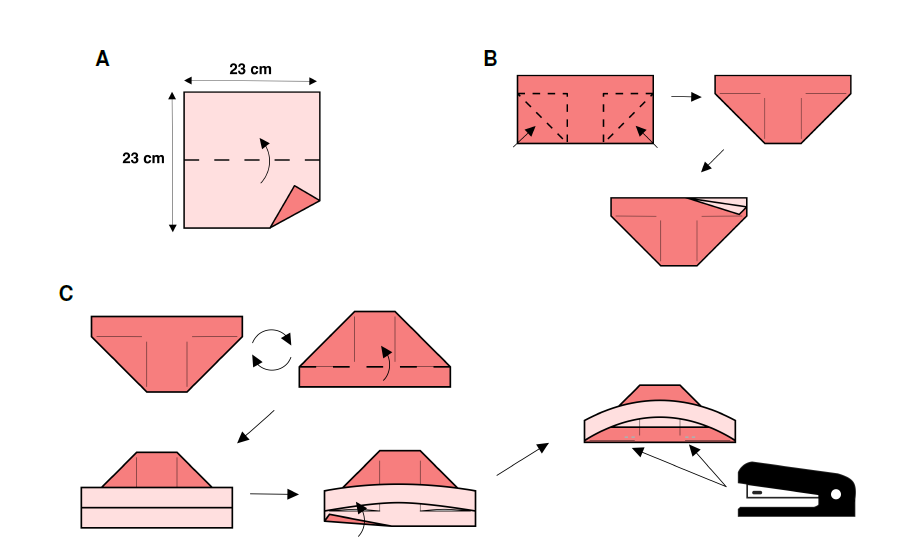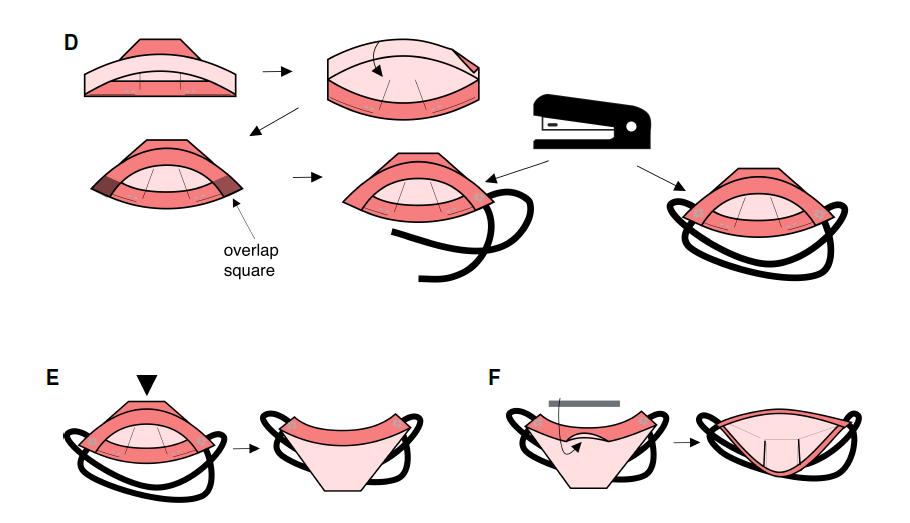Back in the early days of the COVID-19 pandemic, in late March 2020, Jonathan Realmuto, a visiting scientist at CHOC and a postdoctoral researcher at UC Irvine, got a call from his lab leader, Dr. Terence Sanger.
Dr. Sanger, a physician, engineer, and computational neuroscientist who joined CHOC in January 2020 as its vice president of research and first chief scientific officer, was concerned about the possibility of CHOC running out of masks for its frontline healthcare workers.
“Could you please think about this problem and see if you can come up with a solution just in case the supply runs out?” Dr. Sanger asked Realmuto, who has a Ph.D. in mechanical engineering and whose expertise is wearable robotics, which help people regain and strengthen their movements.

Since September 2017, the two had been working together after Realmuto earned his doctorate degree from the University of Washington.
Thus began the UCI Face Mask Project, a collaboration between Dr. Sanger and Realmuto that grew to a team of five that includes two other UCI professors, aerosol chemist Jim Smith and environmental toxologist Michael Kleinman, and Michael Lawler, an atmospheric chemist and assistant project scientist who works in Smith’s lab.
The work of the UCI Face Mask Project ultimately led to the creation of what experts call a mask for the masses — an inexpensive face covering that takes its cues from origami, the art of paper folding closely associated with Japanese culture.
No sewing is needed to make the origami mask – just a filter material that can be purchased at a craft or hardware store, a stapler, two elastic straps, and a nose clip fashioned from a metal wire such as a twist tie.


Realmuto was among several origami mask experts recently featured in a National Geographic story that highlights the inexpensive (less than $1 of materials per mask), disposal masks that can be made by anyone after a little practice. The story details how origami pleats and interlocking folds can result in better-fitting, more comfortable, and more stylish face coverings.
Dr. Sanger, who served in an advisory capacity on the UCI Face Mask Project, played a “very critical role” in developing the mask, which has not been mass produced but was designed in case there is a shortage of face coverings such as N95 masks, the gold standard at preventing expelled air leakage during coughing.
“CHOC and UCI were one of the first out of the gate to work on this,” says Realmuto, who with his colleagues has written a paper, “A Sew-Free Origami Mask for Improvised Respiratory Protection,” that details the research that went into the project.
The team put several masks through rigorous testing using a custom-made mannequin head equipped with a breathing tube and mounted inside a chamber.
The team concluded, in the paper they plan to get reviewed by peers and published, that origami masks combine high filtration efficiency with ease of breathing, minimal leakage that can dramatically reduce overall mask performance, and greater comfort compared to some commercial alternatives.
Because of this, origami face coverings are “likely to promote greater mask-wearing tolerance and acceptance,” the researchers concluded in their paper.
Says Realmuto: “Origami presents this really nice solution where you can use the folds as a way to make seams that won’t leak.”
The team produced a how-to video starring Realmuto, who shows how to construct the single-use masks. They tested a variety of materials that have an inner layer of non-woven polypropylene that can be easily and rapidly sourced locally from a hardware or craft store, in addition to a material made by Filti that can be purchased through the manufacturer.
“For a novice without prior experience,” they write, “construction takes approximately 10 minutes. In our experience, practice decreases assembly time to under five minutes.”
Dr. Sanger and Realmuto have collaborated on another unrelated project that earned them accolades. That project involved developing a non-rigid forearm orthosis – a brace to correct alignment or provide support – to help make it easier for people with movement disorders such as cerebral palsy to feed themselves, open doors, and complete other daily tasks. Their work made them finalists in the Best Paper category at the 2019 Institute of Electrical and Electronics Engineers (IEEE) Conference on Soft Robotics.
In July 2021, Realmuto will become a full-time assistant professor in the Department of Mechanical Engineering at UC Riverside. He says he hopes to maintain his collaboration with Dr. Sanger and CHOC on future projects.
“It’s been a great partnership,” Realmuto says.
For more information about the UCI Face Mask Project, click here.
COVID-19 vaccine guide: Information to share with patients, families




